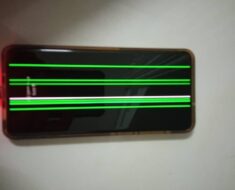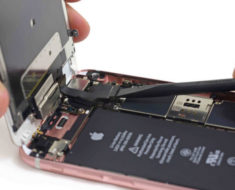Since hitting the market in 2007, the Apple iPhone has featured a flat display. However, that may soon change as the Cupertino-based tech giant is rumored to be working on a foldable variant.
According to Forbes, Apple is planning to launch a foldable iPhone by 2022, citing a report by Bank of America analyst Wamsi Mohan. In his report, Mohan explains that Apple has contracts in place for acquiring the supplies and equipment it needs to build the foldable handset.
While there’s far from an official confirmation, many market analysts believe that it’s only a matter of time before Apple produces a foldable smartphone. Microsoft and Samsung, for instance, already have patents for foldable display technology. Being a leading competitor, it’s safe to assume that Apple has plans to develop its own foldable devices as well.
A foldable design could revolutionize the smartphone industry. Statistics show that the average smartphone display is around 5 inches. Some smartphones, however, teeter on the line of being a tablet, with displays measuring up to 6 inches in diameter. A foldable design would allow users to easily store large smartphones in their pockets, purse or other small spaces.
Additionally, a foldable design could protect the handset from damage. Once folded, the display would be covered and protected from dust, dirt and moisture. Traditional smartphones often succumb to damage from moisture. When water gets on the display, it can seep into the device and short out its electrical components. A foldable design could mitigate the risk of such damage by forming a barrier of protection around the display.
On the other hand, a foldable display could increase the risk of physical damage. Folding a smartphone beyond the range for which it was designed may break or damage it.
Not everyone is confident that Apple will meet the projected 2020 timeline for a foldable iPhone, however. When speaking to TechRadar, a Qaulcomm executive said that foldable organic light-emitting diode (OLED) technology is still being developed, and the biggest challenge holding back developers is material science. Developers are currently unable to produce OLED displays that can withstand the constant bending and folding. Until they are able to solve this problem, we won’t see a foldable smartphone on the market anytime soon.
Dil Bole Oberoi





